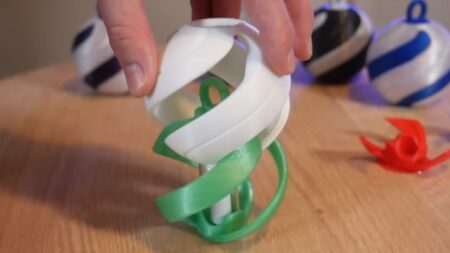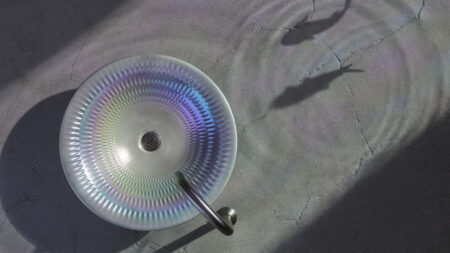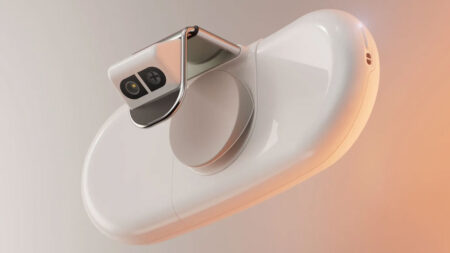Emily wanted to know if she could 3D print a toilet. So she started modeling a basic toilet design in her go-to online CAD software. She modeled it with a tank, P trap and everything else, and printed a miniature version which wasn’t that good as it needed a bigger tank. So Emily took the help of her friend Nicholas and remodeled the tank. Finally, a successful version was made. Thereafter, the task of printing the model components in huge chunks began.
The parts were developed in LEGO blocks style and put together. A few metal nuts and bolts were needed to connect the tank float, flapper, and flushing mechanism – even though they were all 3D printed. As it was made from 30 kg of plastic, the engineer highlighted that it took her too long to bring everything in shape. 3D glue was used to combine different parts of the 3D-printed plastic toilet. A soldering iron was also used to melt the outer seams of the pieces, especially the ones that were created to hold water. Plastic welding and gluing finally brought the toilet into a recognizable shape.
What initially started as a mundane task, finally looked amazing as a colorful LEGO toilet. But it was not ready to use. When tests were done using the water, Emily found loopholes in the toilet. It was big enough for her to sit and there was water leaking in the structure. The pieces themselves were holding a lot of water so she had to drain it by keeping the thing upside down.
She fixed the issues by sealing the loose parts. The tank components were also made using plastic and another test was done by Emily and her friend. A hose was connected to the tank and micro-plastics were put inside to see if the toilet would flush them completely or not. When flushed, the entire system worked properly the second time.
Also Read: Kohler PureWash E930 Bidet Toilet Seat is Controlled via Alexa, Google Assistant
After the second testing, Emily installed a toilet paper holder on the toilet. She didn’t stop there and came up with an idea to add armrests to the toilet which had a cup holder and phone charger. She completed the design with a lid on the top of the toilet seat and three wheels to its base thereby creating a moving toilet on wheels!
This was just a 3D-printed plastic toilet that didn’t have any practical use, though full marks to Emily ‘The Engineer’ for her efforts.









Follow Homecrux on Google News!




